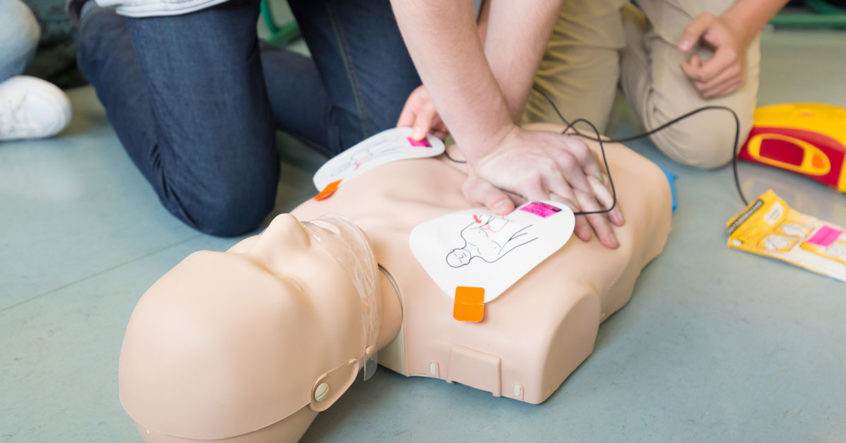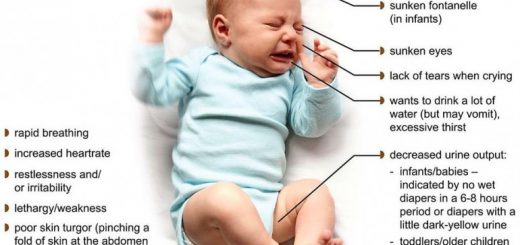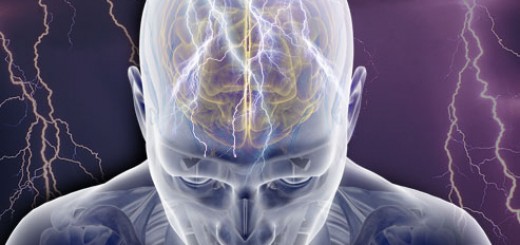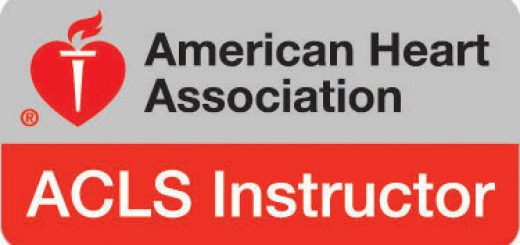How Does an AED Work With CPR?
If the heart stops pumping and the blood stops circulating we say that the victim has had a cardiac arrest. In many cases, however, a heart rhythm may still be present. This rhythm is so abnormal that the heart’s contractions are no longer controlled. The heart is no longer able to pump blood.
An AED (automated external defibrillator) uses an electric shock to correct this abnormal heart rhythm. If this is done quickly a normal heart rhythm can often be restored. The procedure is known as defibrillation.
An AED is a computer-controlled device which analyses the victim’s heart rhythm. Having made its analysis the device decides whether an electric shock is advisable. AEDs are extremely accurate and will only administer a shock if this is necessary. There are semi-automatic and fully automatic defibrillators. A semi-automatic device will prompt you to press the shock button. A fully automatic AED will administer the shock itself.
Even if defibrillation is successful it is extremely important to continue with resuscitation. An AED works best if combined with high-quality continuous CPR. A victim’s chances of survival will increase if first aiders start resuscitation and defibrillation within the first few minutes of a sudden cardiac arrest.
Emergency medical services may take several minutes in order to reach a victim who has suffered a sudden cardiac arrest. For this reason, members of the public should be taught to use an AED. Studies have demonstrated that the earlier an AED is used, the better the chance of survival for a victim. As a result, public access AEDs are becoming more common across the world.






